North Island
Hamilton
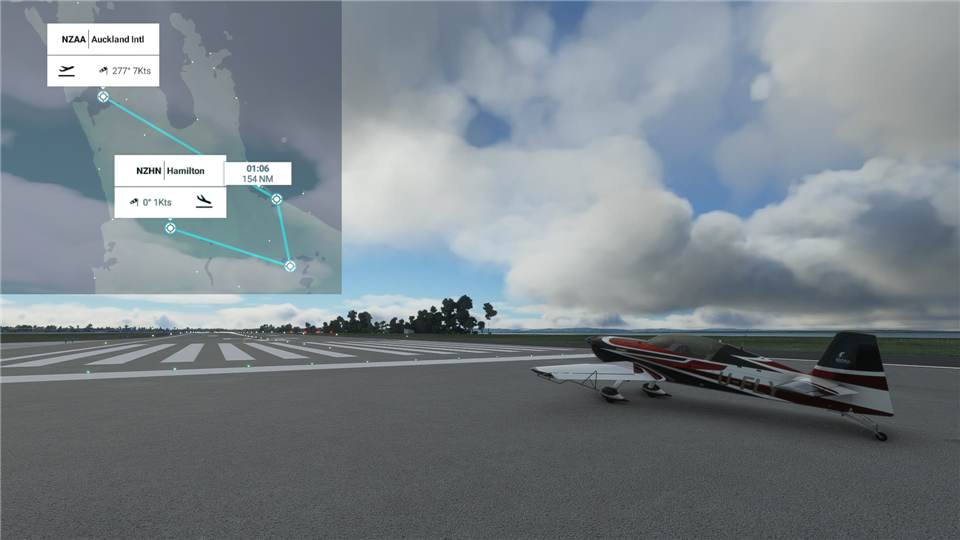
Today it's Hamilton by way of Tauranga and Rotorua. This whole area was involved in the Māori Kingitanga movement, whose aim was to get their own king, thus unifying the Māori who could then deal more effectively with the Pākehā. The British Pākehās were expanding rapidly into Māori lands at the time, and did not want locals who were confused about the power structure. The Ngāi Te Rangi of Tauranga, lead by chief Rawiri Puhirake, were on the Kingitanga side. The Arawa of Rotorua were not. Armed with British weapons and aided by British corvettes and the 43rd Regiment, the Arawa met the Ngāi Te Rangi in April of 1864 on the shores of Lake Rotoiti and on then shortly afterwards on the coast.
Meanwhile, others of the Ngāi Te Rangi had built Gate Pā on a hill overlooking the British fortifications at Tauranga with the intent of luring the British into a battle. A Pā was a Māori stronghold, a fort if you will. A Gate was a hinged barrier used to close an opening in a wall, fence or hedge. So the Gate Pā was a fortification with a fence and a gate to keep the Pākehās out. It worked. Gate Pā was a stunning defeat for the British in which the "gallant [forces had been] trampled in the dust... by a horde of half-naked, half armed savages." according to one editorial slant of the day.
John Fane Charles Hamilton, commander of the HMS Esk, was killed in this Battle. When the Invasion of Waikato and more broadly speaking, The Musket Wars, were all settled to everyone's satisfaction, the British built a town on the site of several previous and confiscated Māori villages, Kirikiriroa among them. The new town was given his name and bears it still. This does not sit well with the local Māori. Hamilton is considered to have been something of a bastard by them. In 2013 a statue of him was erected. In 2020 it was removed. The local Māori want the name of the city of Hamilton changed to Kirikiriroa.
So off we go then. God save the King! The King is currently Tūheitia Potatau Te Wherowhero VII.
That's it for Auckland.
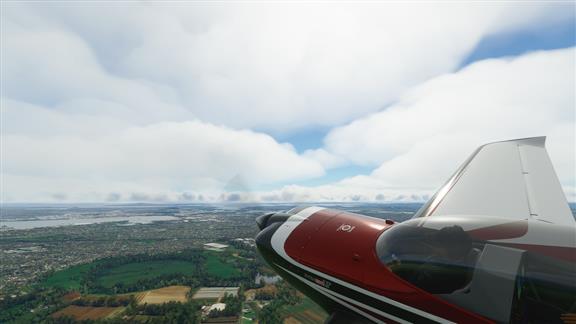 |
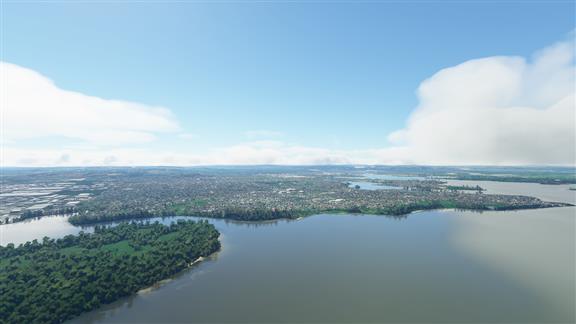 |
 And back into sheep country. There are ten sheep for every person living in NZ. Fun fact.
And back into sheep country. There are ten sheep for every person living in NZ. Fun fact.
|
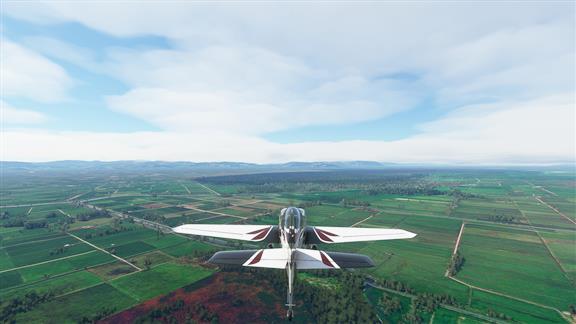 Somewhere near Ngatea. They get aliens here.
Somewhere near Ngatea. They get aliens here.
|
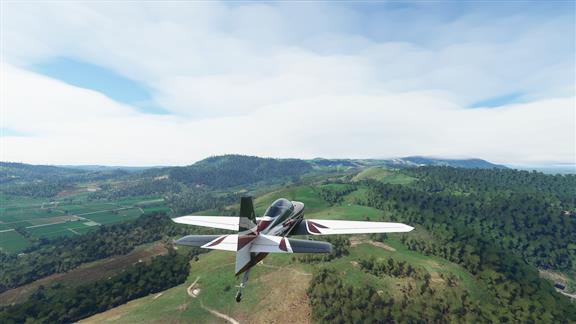 Up we go.
Up we go.
|
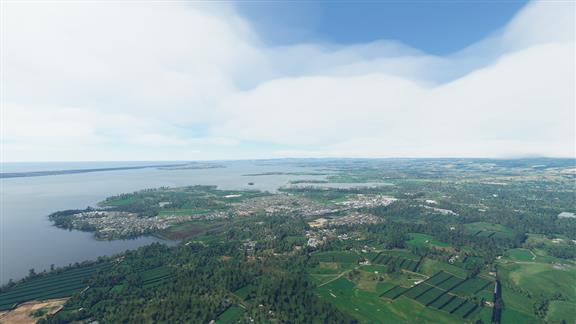 Katikati on the Tauranga Harbour. Getting close to our first turn.
Katikati on the Tauranga Harbour. Getting close to our first turn.
|
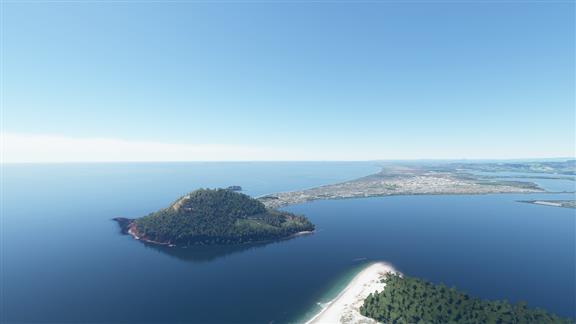 Mount Maunganui. Maunga means mountain, and Nui means big. So the mountain's name is Mount Big Mountain. Not actually a mountain at all; it's a long dead volcano that has formed a tombolo joining it to the mainland.
Mount Maunganui. Maunga means mountain, and Nui means big. So the mountain's name is Mount Big Mountain. Not actually a mountain at all; it's a long dead volcano that has formed a tombolo joining it to the mainland.On top of the mountain is a Pā with an excellent view of Tauranga behind it. |
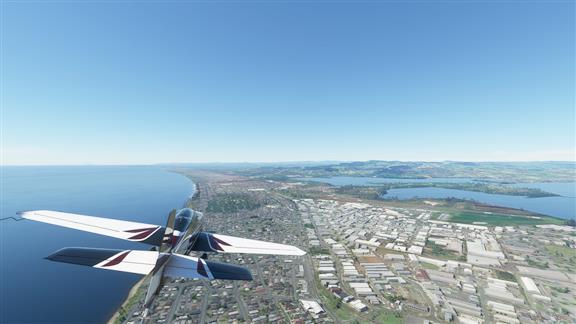 And this is our first turn, Tauranga.
And this is our first turn, Tauranga.
|
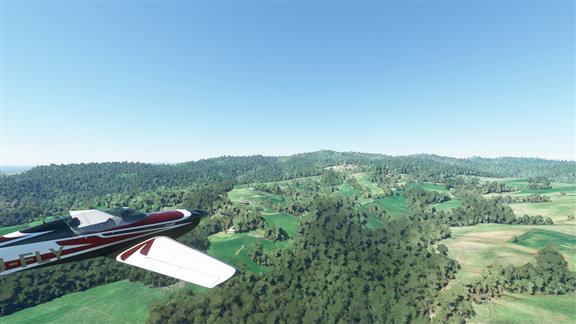 Just a little leg over the hills...
Just a little leg over the hills...
|
brings us to Lake Rotorua, or the Rotorua Caldera. Mokoia Island in the middle is a rhyolite lava dome to some, a sacred meeting place to others.
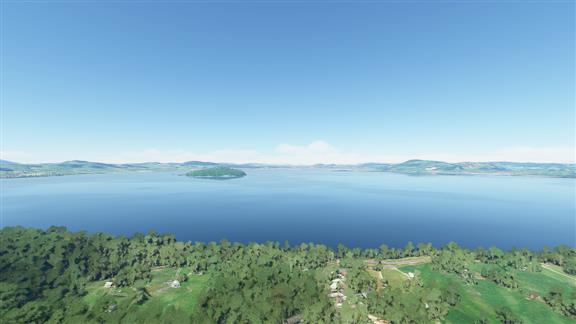 |
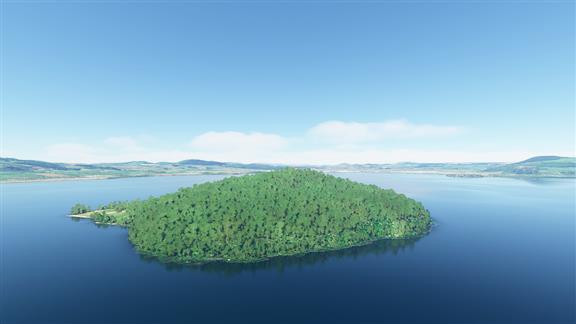 |
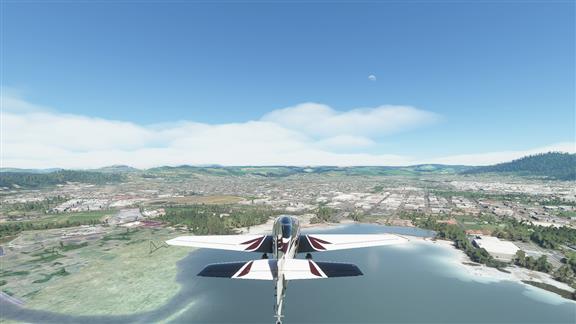 And the town of Rotorua, or Rotten-Rua. The place is surrounded by mud pools and geysers, and these all produce Hydrogen Sulphide. So no need to blame the dog here.
And the town of Rotorua, or Rotten-Rua. The place is surrounded by mud pools and geysers, and these all produce Hydrogen Sulphide. So no need to blame the dog here.According to a quick Google search, the ultimate source of all knowledge, Rotorua is the fifth smelliest city on Earth. Fourth is Bangkok Thailand, where the durian fruit is ubiquitous. Third place goes to Los Angeles for its smog, seaweed and garbage heaps. Honourable mention goes to Venice where you can take a romantic gondola ride on their open sewers. And apparently, first place goes to Edinburgh where the city raised quite a stink over the smells emanating from the distillery. |
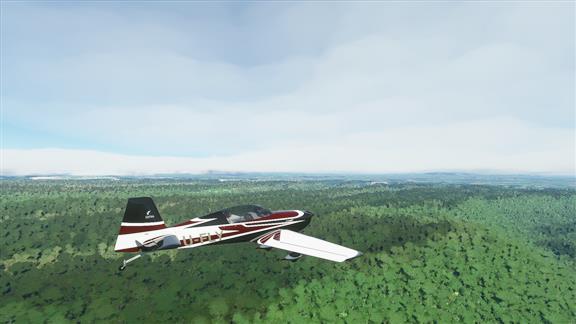 And now we're on our final leg, and quite close to destination.
And now we're on our final leg, and quite close to destination.
|
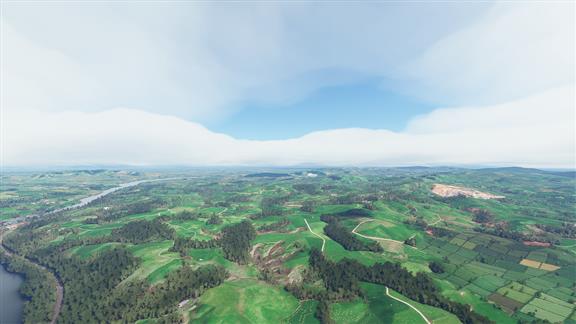 We'll just follow the Waikato River, just like Hamilton's contemporaries.
We'll just follow the Waikato River, just like Hamilton's contemporaries.
|
And there we are, the city of Hamilton. Home to almost 50,000 students, it still manages to be considered trashy, boring and dangerous by at least one crank on the net.
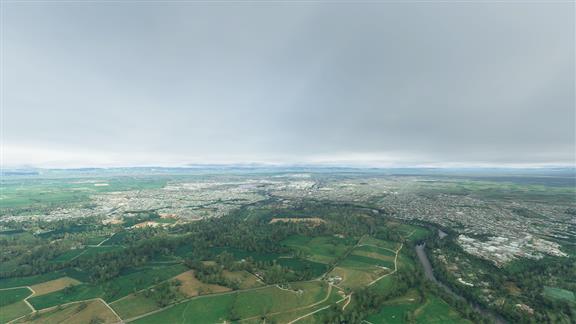 |
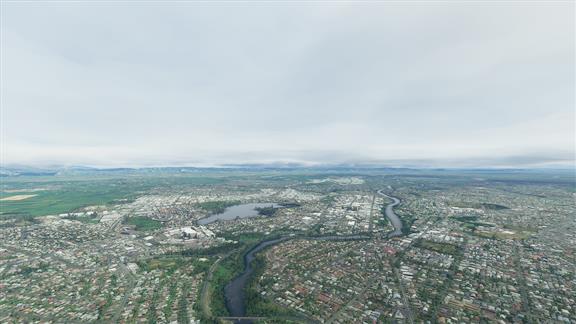 |
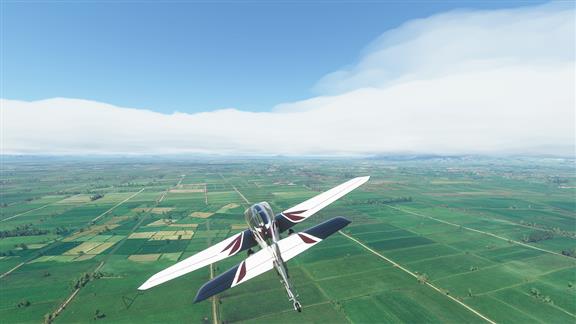 My only complaint with it is how far it is away from its airport.
My only complaint with it is how far it is away from its airport.
|
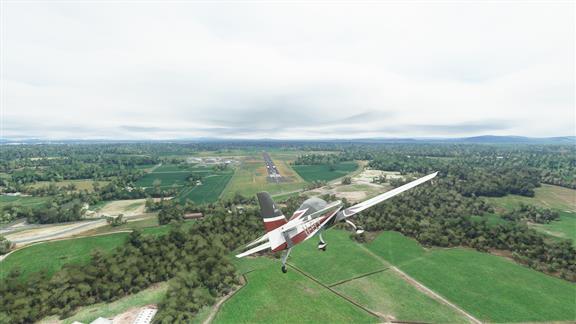 So that's it for our Kingitanga tour. Tomorrow it's off to a place that has pretty much no drama associated with it. Of any sort. Other than sheep-shearing. They're quite emotional when it comes to sheep-shearing.
So that's it for our Kingitanga tour. Tomorrow it's off to a place that has pretty much no drama associated with it. Of any sort. Other than sheep-shearing. They're quite emotional when it comes to sheep-shearing.
|